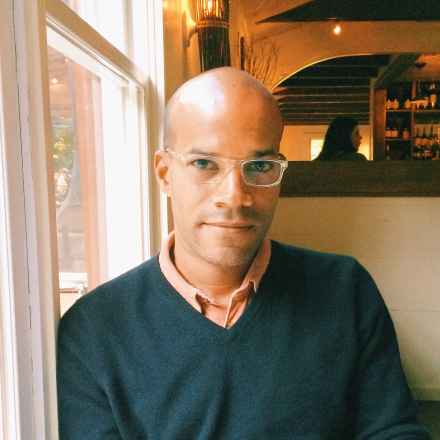Humanities Scholar Receives the 2019 Tagore Memorial Prize
Rabindranath Tagore has greatly influenced Dipesh Chakrabarty’s scholarship, especially Tagore’s 1941 essay “The Crisis of Civilisation.” When the UChicago professor received the 2019 Tagore Memorial Prize from the Government of West Bengal for his collection of essays, The Crises of Civilization: Exploring Global and Planetary Histories (Oxford University Press, 2018), Chakrabarty recognized the honor and the irony of getting a prize named after one of his intellectual muses and the first non-European to win the Nobel Prize for Literature in 1913.




